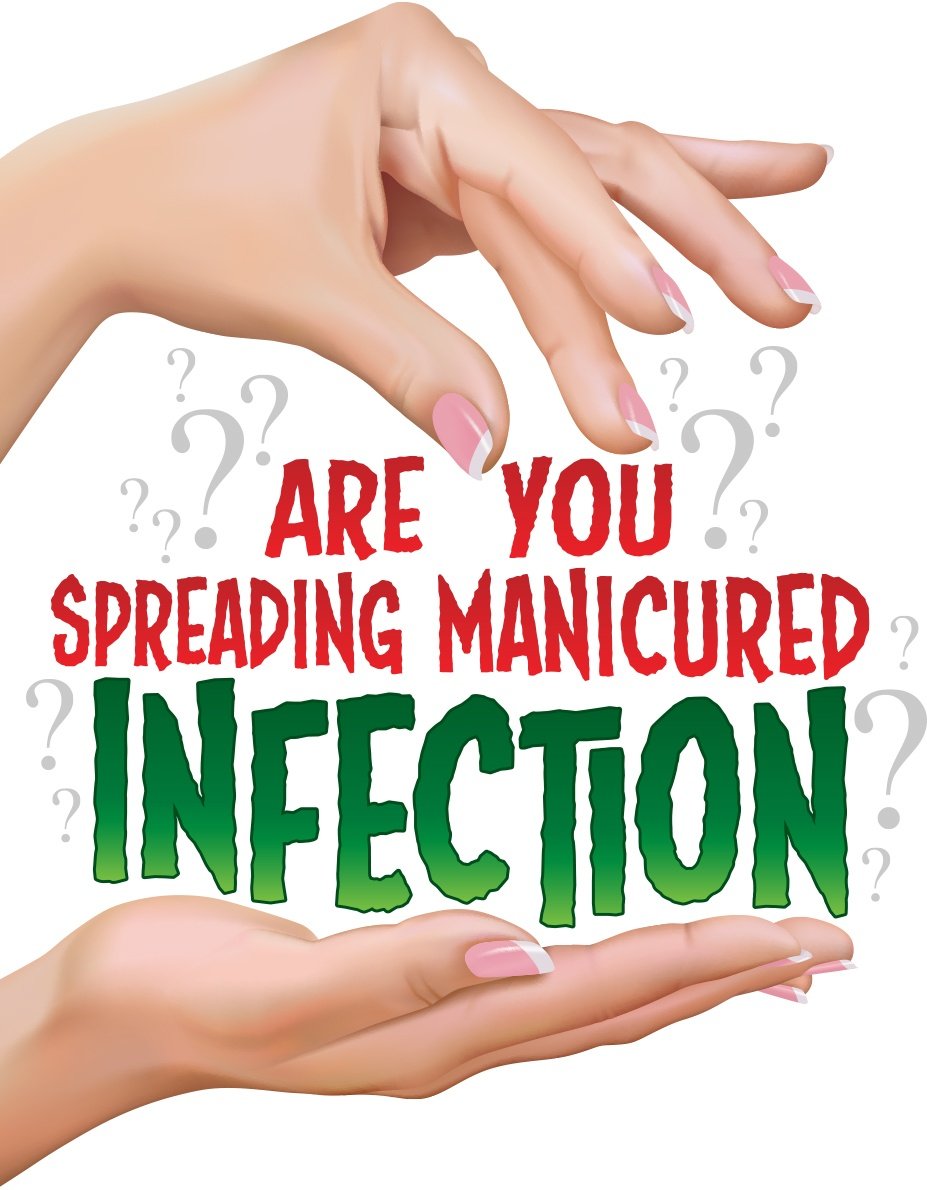Acrylic Nails And Infection Control

These studies provide evidence that wearing artificial nails may increase the likelihood that harmful bacteria may be transmitted to patients posing an infection control risk.
Acrylic nails and infection control. NURSES ARTIFICIAL NAILS 4 Immaculate Hospital librarian due to a purchase disclosure. Both nail polish and plastic or acrylic nails can trap moisture and fungi. In study 2 the microbial flora of the nails of 30 HCWs who wore permanent acrylic artificial nails were compared with that of control HCWs who had native nails.
Nail polish and infection control. Two different case reports confirm this. Seeing polish or acrylic nails as potential fomites sources of pathogenic spread.
However the most interesting aspect is a small reference to the problem of artificial acrylic nails being a source of infection. Scrub the underside of nails with soap and water or a nail brush every time you wash your hands. Acrylic materials used in nail products typically contain methacrylates either ethyl or methyl methacrylate.
The hard gel can be really tough when cured. When you notice one of your acrylic nail lifting or is not fitted well then you must glue it back immediately in order to prevent it from moisture. 7A Comply with current Centers for Disease Control and Prevention CDC hand hygiene guidelines.
Nails on the dominant. Some of the articles had to be obtained from the Mary. The study was conducted at 3 health centers.
Avoid cutting cuticles as they act as barriers to prevent infection. Methacrylates can trigger asthma and high concentrations may cause central nervous system depression. 4 Fungus and.








